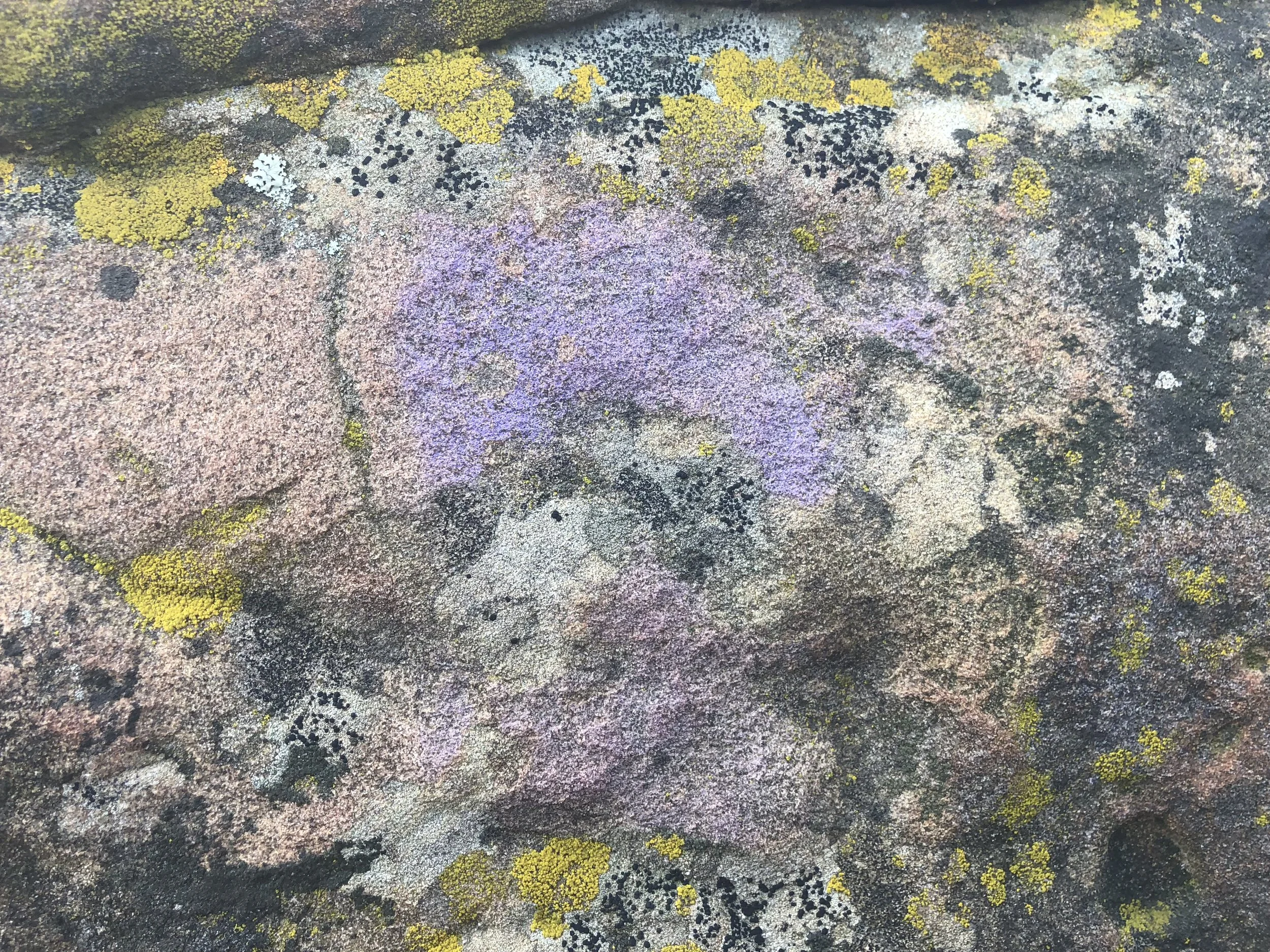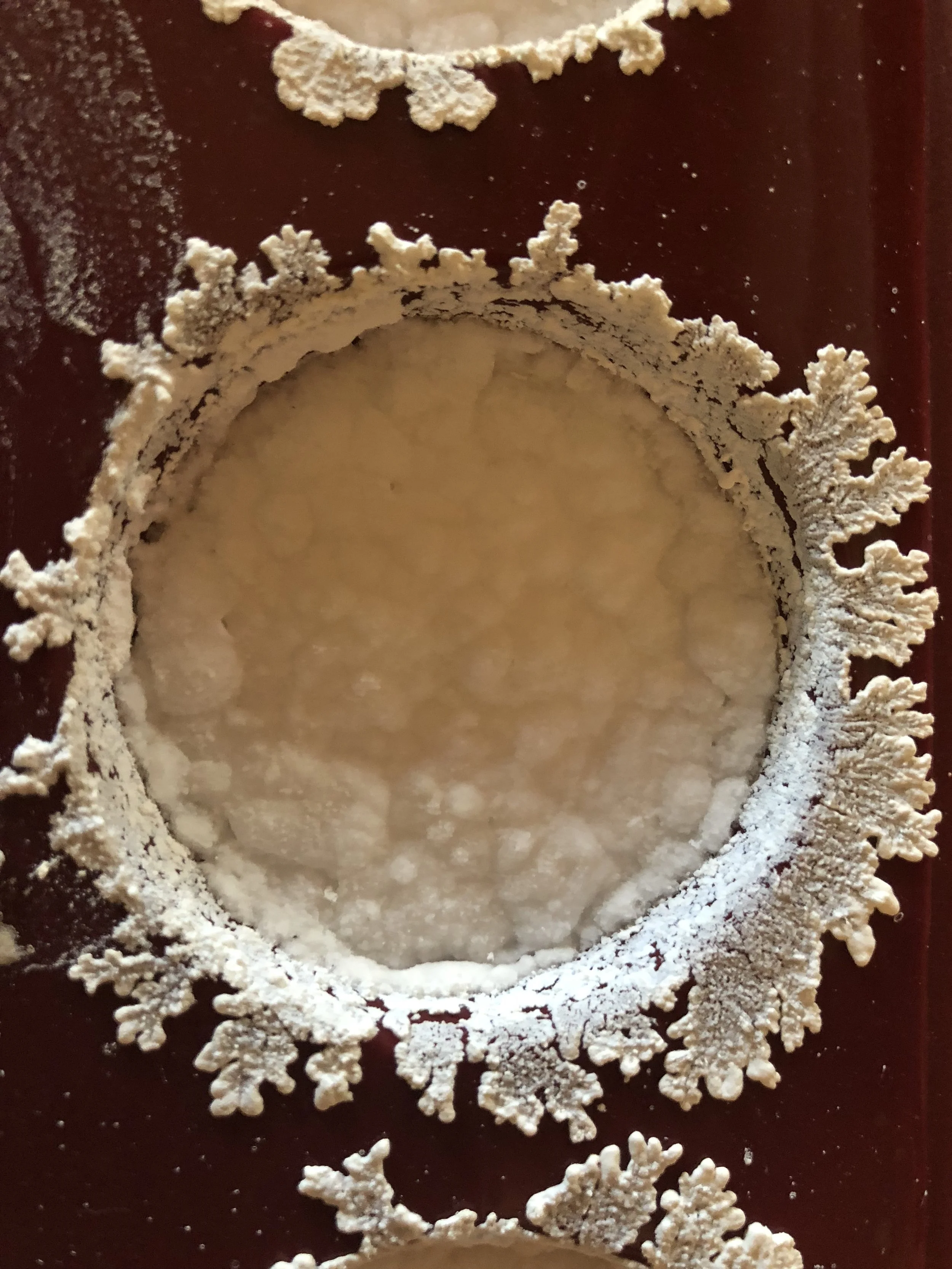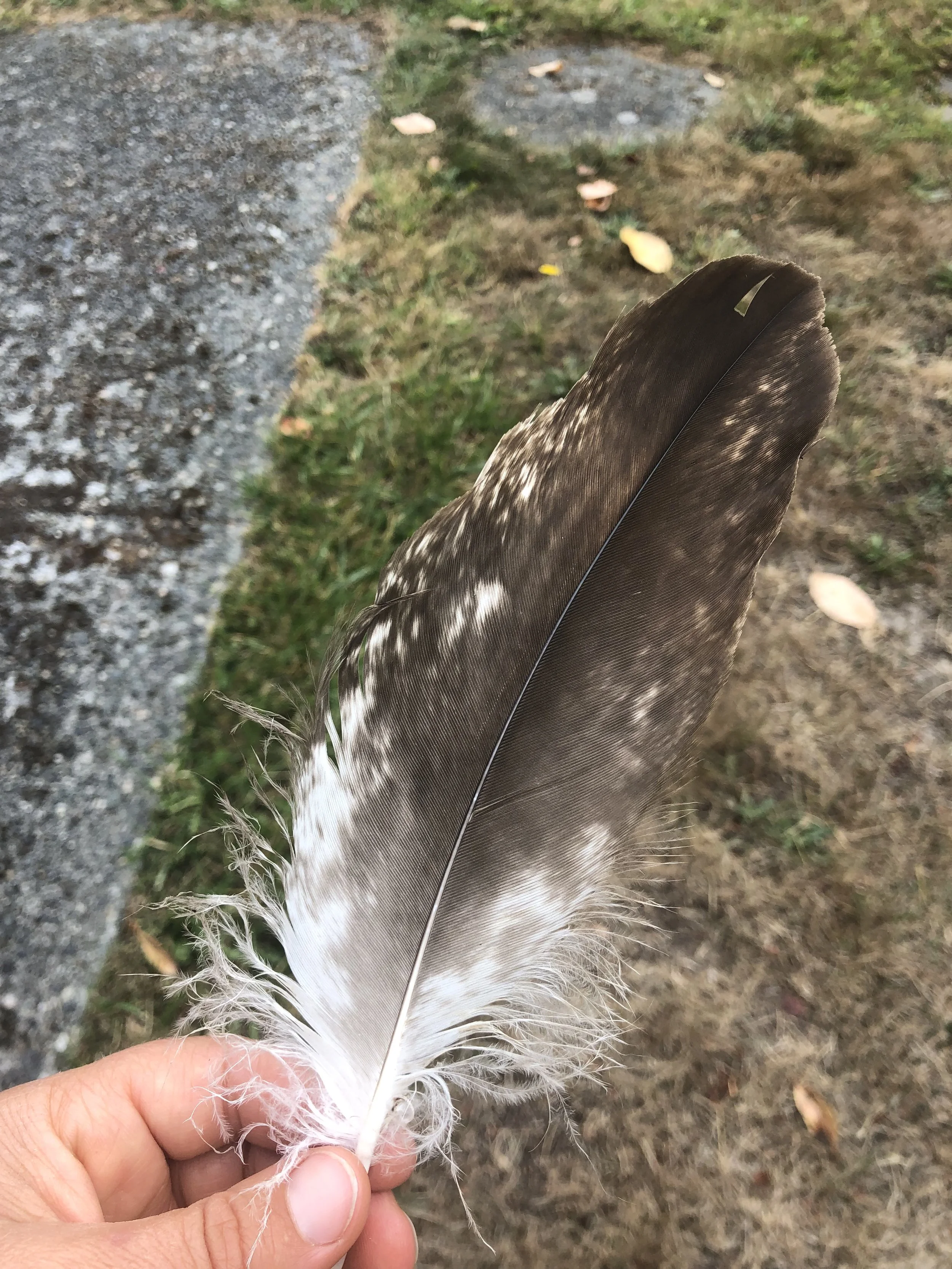
Somatic Education
brooke is an experienced facilitator, teaching somatic movement education to people of all ages and abilities.
She offers Somatic Education from an Indigenous, Body Mind Centering® (BMC®), and social justice perspective, guiding anatomical, embryological, and elemental learning in connection to lineage and land uplifting personal agency and difference. She has extensive experience facilitating classes for children, young adults, creating curriculum for Universities such as dance improvisation, choreography, pedagogy, embodied anatomy, somatics and social justice, and rejuvenating freedom of expression in dance companies worldwide. She is passionate about utilizing this work to assist Native and non-Native community groups centered in wellness and health services.
brooke is available for individual, group, and community sessions. Inquire here for more information.
What body and earth based practices are available?
Topics include:
Learning how to Speak: Healing Resources for the Voice
Learning how to Move: Embodied Languages of the Land
Active Consent: How to Not Assume
The Movement of Homeostasis: Resources for Restoring Balance
Resolving the Moro Reflex in the Growing Adult Body.
Bones, Blood, and Heart - the Rhythms of Connection
Additional Workshops are based on individual systems in the body and include Senses and Perceptions, Basic Neurocellular Patterns, Endocrine system, Nervous system, Primitive Reflexes, Righting Reactions and Equilibrium Responses, Muscular system, Skeletal system, Ligaments and Fascia, Organs, and Fluids.
brooke’s teaching is trauma informed and shifts the focus to one’s own body as site and source of information and intelligence. Experiencing the relationship with cells, tissues, and systems of support uncovers resources in enlivening how we experience the world both within us and around us.

This work illuminates embodied strategies for systemic oppression and privilege as it relates to our experience, our voice, sense of comfort and safety, and capacity for whole body expression. Exploring the relationship to movement, touch, and speaking provides felt experiences to sense into patterns of survival with resources to make new choices. Guided embryological, developmental, and experiential somatizations redefine what embodiment is, who gets to experience it, and how access to it deepens our experience of feeling, expression, and healing. There is focus on how waiting to speak may provide others the space to come forward.
The intention is to engage a practice of presence for generations here and to come.
The act of remembering and learning about who we are has the potential to re-establish safety, empowerment and trust in ones experience of being in their body and this world. It is possible that the information shared will change the perception of what one is capable of in both feeling and expression. It is possible this will expand into one’s life outside of the experience.
There is an emphasis on choice, acknowledging and supporting difference. We are the leaders of our own experience, gauging where, what, and how much to explore. At any given time this may be different from another person, and at any given time our truth may change. Space for active consent is discussed and supported, with ways to navigate back to safety together.
“What do I need?” As each person is unique, there is room to discover how listening to oneself, the information stored in one’s body, stimulates and enhances one’s kinesthetic sense, heightening physical sensation as a source of learning and bringing value to our diverse expressions.
People learn to organize attention around and receive feedback from physical sensations in movement, including the history of being in their body, rather than relying on the visual perception of external form, i.e. shapes, positions, attitudes. Shifting this emphasis to one’s internal body creates a shift externally of giving value to the experiential and authentic self.
“Our body as nature - and in connection with nature - reveals nuances kin to internal and external worlds. Through cellular sensing, embryology, developmental movement, improvisation, touch, sounding, drawing, writing, and rest participants are invited to explore embodied languages of self, other, ancestor and land with agency and resources for rest.”
This work is educational. However, therapeutic elements are present, and supported. As the practice progresses there is encouragement to continue to become aware of intention, personal comfort, and preferences, with space to discover, and integrate new possibilities.
This work traverses a restoration in illuminating how we are in relationship with the world, what our embodied history is, and what new choices can come into awareness and practice. I explore kinesthetic sensing, shifting the focus to one’s own body as site and source of information and intelligence.
We are the material. This work offers space to remember one’s history, experiences, to play inside and outside, and be immersed in how our differences connect and strengthen us in relationship with one another and the world.
What is Body Mind Centering®?
Body-Mind Centering® is a highly experiential, somatic approach to embodiment, movement and consciousness. Developed by Bonnie Bainbridge Cohen over the last several decades, BMC promotes the conscious embodiment of anatomical, physiological, psychophysical, embryological and developmental principles, utilizing guided movement, intentional touch, voice, expressive arts, and a developing awareness of the play of conscious attention, or mind.
Learn more at Body Mind Centering
















